Introduction
Introduction
What do you imagine when you think of the Arctic? You might picture wide, snowy landscapes, chilly winds, and polar bears moving between floating icebergs. But there's much more to the Arctic than what you see on the surface. Beneath the frozen ice is a world full of life!
In this icy environment, food webs connect all living things, from microscopic plankton to massive bowhead whales. Sea ice plays a vital role in keeping this system healthy and stable. Let's explore what's hidden in these icy seas.
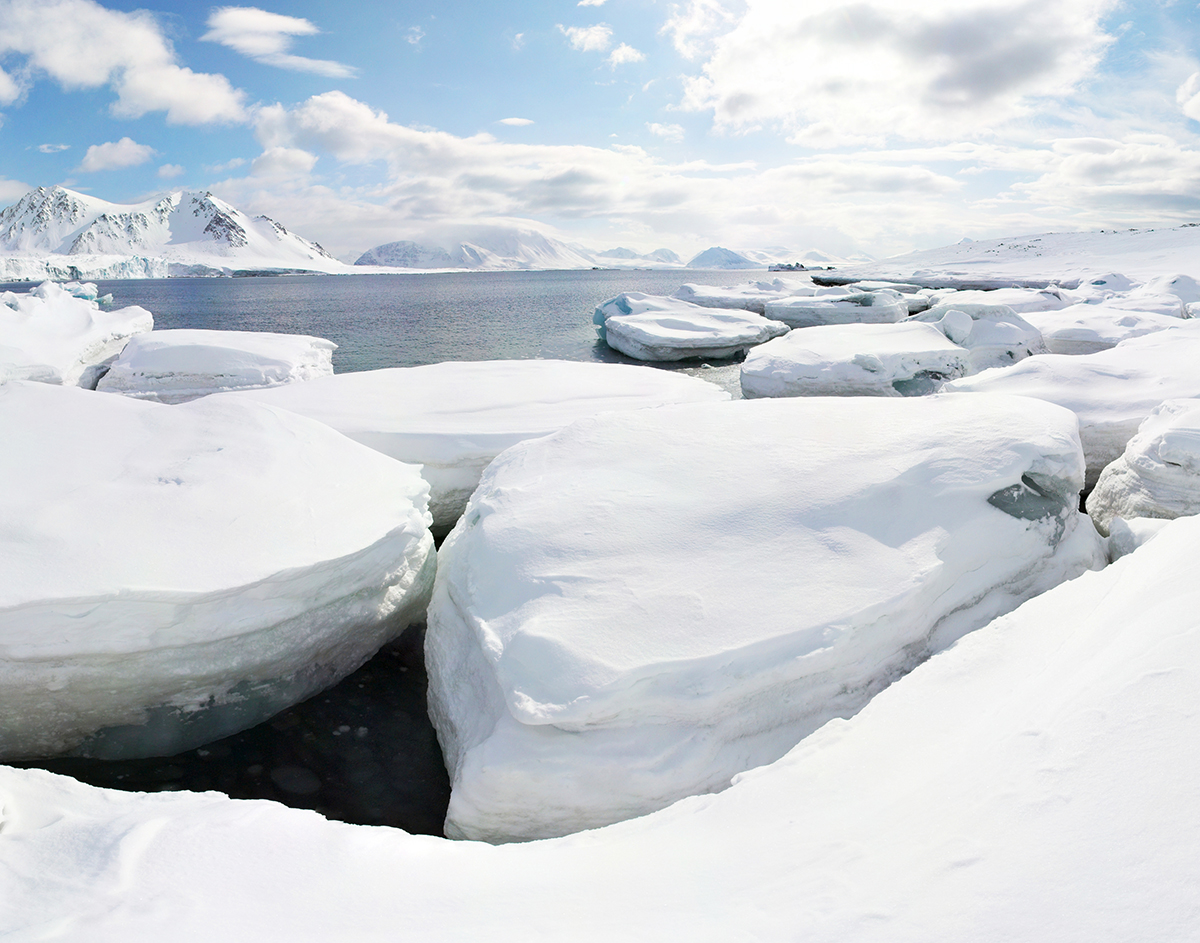
Arctic life connections
Many plants and animals in the Arctic rely on sea ice, and this includes humans. They depend on one another, and on the sea ice, to survive. One way to understand these connections is by looking at who eats whom in the Arctic food web.
Let's explore one example of how this works. Long strands of ice algae grow on the bottom of the sea ice, creating an underwater garden. Krill get food and shelter here. Fish eat the krill and seals eat the fish. Polar bears, who live and hunt on the sea ice, eat the seals. So, even though the polar bears don't feed on the ice algae directly, they're still linked through the food chain that depends on sea ice.
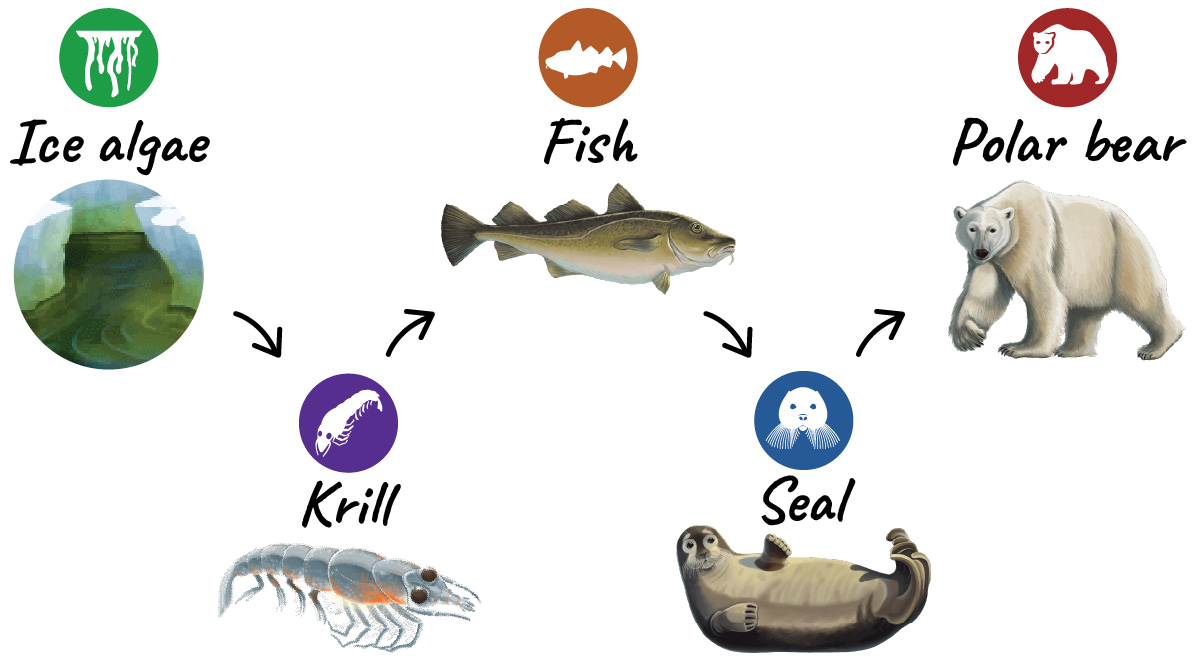
Trophic levels
The sequence of organisms that eat one another is known as a food chain. A trophic level refers to an organism's position in that food chain. At the base of the food chain are primary producers. These organisms, like phytoplankton and ice algae, use the sun's energy to grow and make their own food. Animals that eat these, such as krill and ice copepods, are at the second trophic level. At the top of the food chain are hunters like humans and polar bears.

In a real ecosystem, most species don't fit into perfectly defined boxes. Some animals feed on many different trophic levels, or change their diets when food is scarce. But trophic levels are still a helpful way to understand the connections that link all living things in an ecosystem.
Arctic communities
In many rural and Indigenous Arctic communities, people rely on local wildlife as an essential part of daily life. Subsistence hunting means hunting animals to provide food, clothing, and other basic needs for a person’s family or community.
Subsistence hunting is very different from commercial harvesting, which means taking animals or other resources on a large scale to sell for profit. Commercial harvesting can be damaging to the environment and cause species loss. This happens when animals are removed from a population more quickly than they can be replaced through natural reproduction.
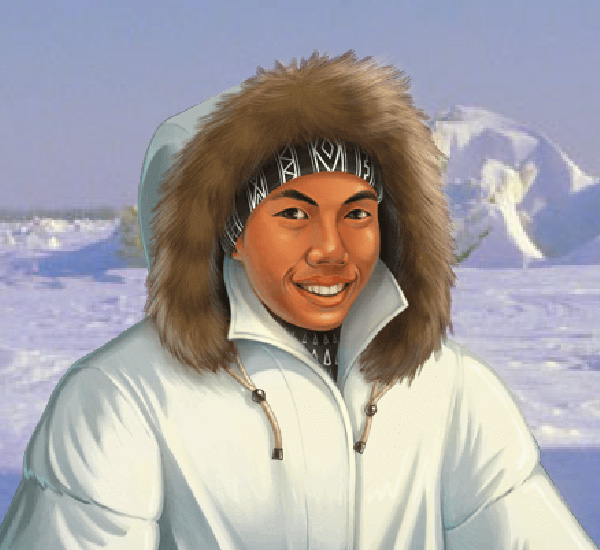
Today, about 30–60% of the food eaten in Arctic coastal communities comes from local hunting, fishing, and gathering. Skilled hunters are highly respected because their success helps feed and support their communities. Indigenous peoples have a deep understanding of how all parts of the Arctic food web connect (including humans), and take care to keep this system balanced.
Sea ice
Now, imagine what would happen if the sea ice disappeared. The entire food chain would be disrupted! Ice algae would lose the surface they need to grow and all the species that depend on them, directly or indirectly, would be impacted. Much of the Arctic's rich variety of plants and animals would disappear.
In addition, walruses, seals, and polar bears spend much of their lives on sea ice. If that ice disappears and becomes ocean, they'll lose the icy platform they depend on.

The marginal ice zone is the area between the open ocean and thicker, more solid sea ice. This transition zone is especially important because it supports much of the Arctic's life and biodiversity. Unfortunately, it's also the most sensitive to environmental changes; it's where ice forms and melts the fastest when conditions shift.
Threats to the Arctic
Sadly, the loss of sea ice is already happening. Arctic ice has shrunk from about 2.7 million square miles in 1979 to just 1.7 million square miles in 2023. That amount of area lost is as big as 1/4 of the United States! The ice that remains is also much thinner, making it even more likely to melt in the coming years. Scientists predict that global warming and sea ice melting will continue in the future until there is almost no ice left in the Arctic. If that happens, many of the organisms that depend on sea ice for survival will vanish along with it.
Most of this loss is caused by human activity. Carbon pollution is the main cause. Carbon pollution comes from the use of fossil fuels such as coal, oil, and gas. This pollution traps heat in the atmosphere, which increases global warming and speeds up how quickly sea ice melts.
Carbon pollution also changes the pH level, or acidity, of the ocean. This weakens the shells and skeletons of clams and some zooplankton, which can kill them.
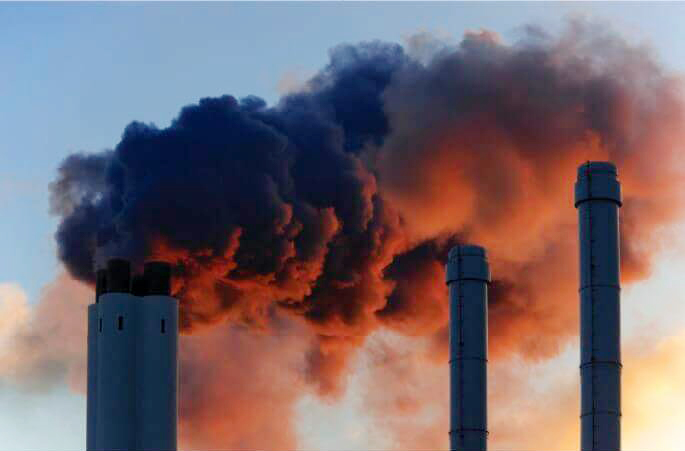
Another threat to the Arctic ecosystem is commercial overharvesting. This happens when animals are removed from a population more quickly than they can be replaced through natural reproduction, causing species loss.
How you can help
Fortunately, there are many ways that people, companies, and governments can take action to help protect and conserve the Arctic ecosystem.
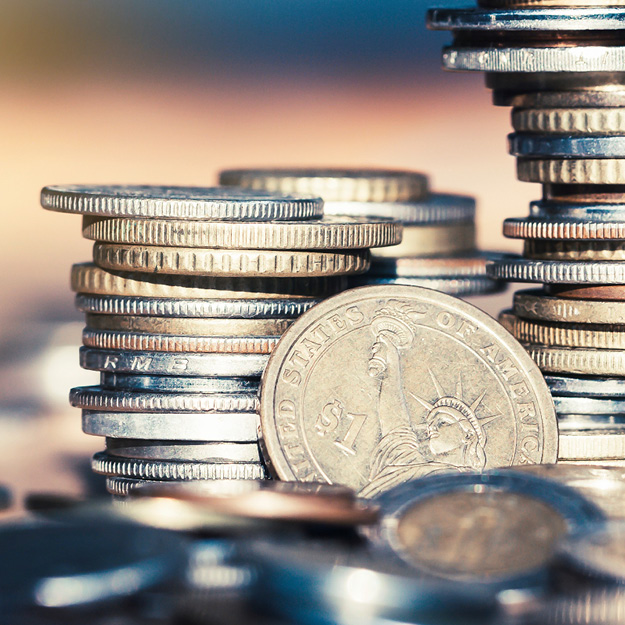
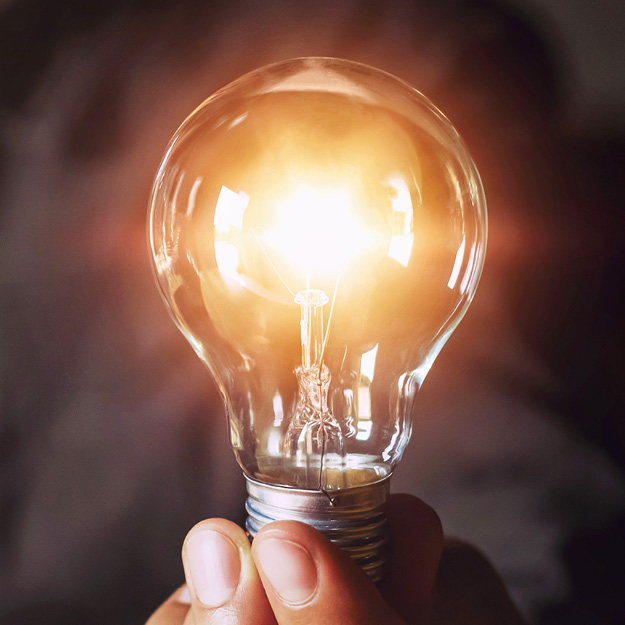


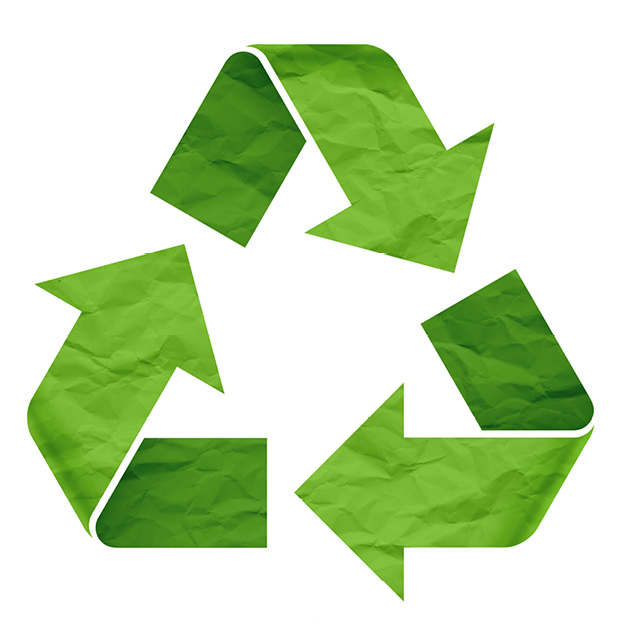
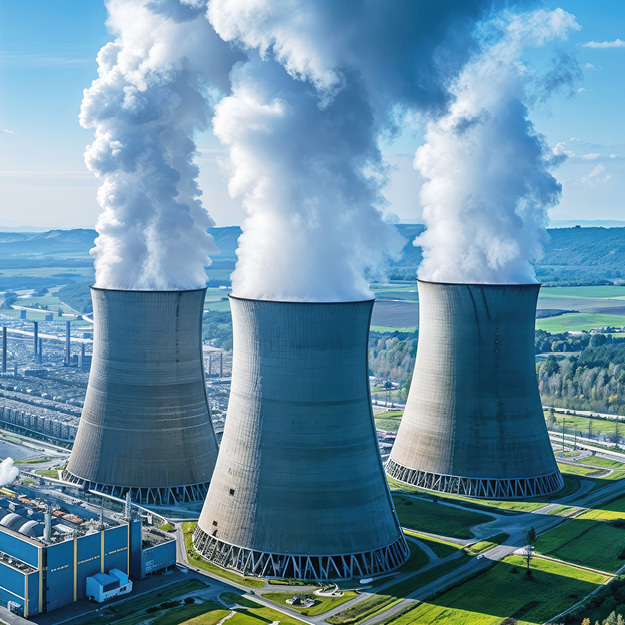

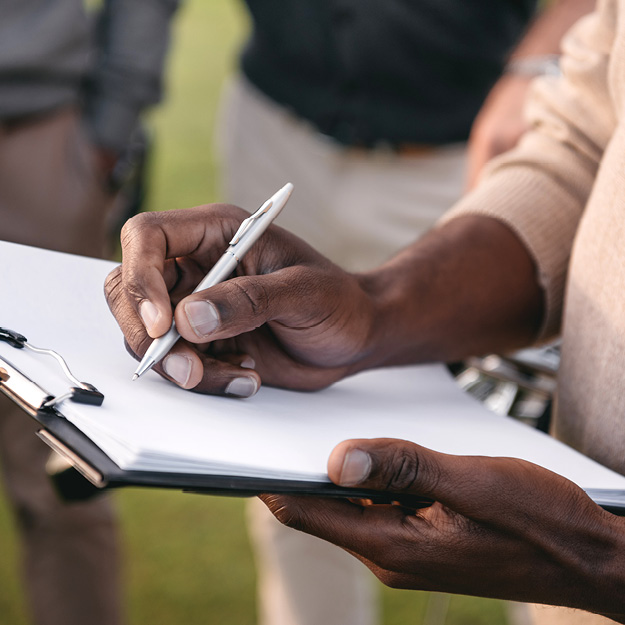
Even small changes can make a big impact when many people do them. It is up to companies and governments to make many of the changes needed to protect the Arctic ecosystem, but we can help make this change happen.